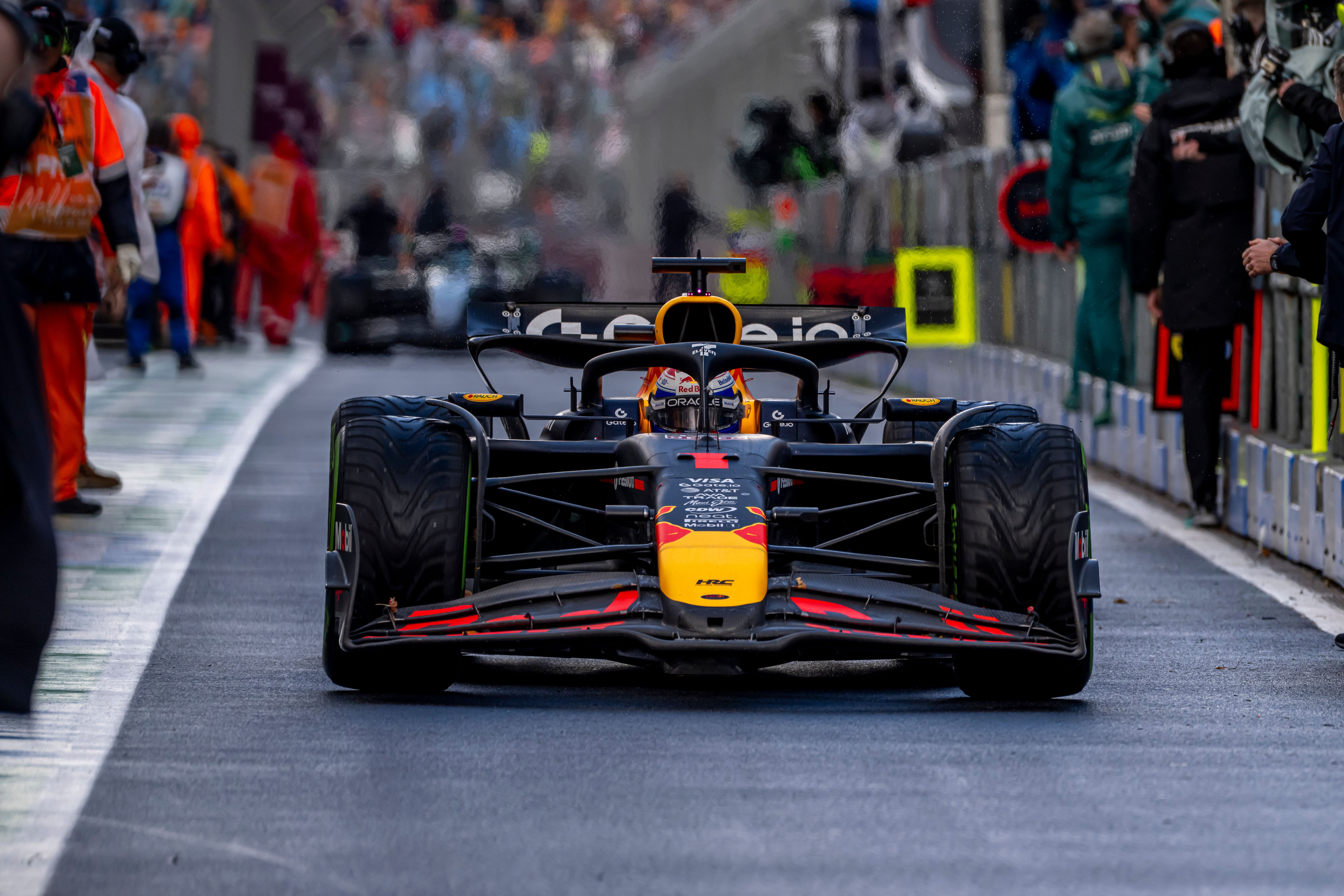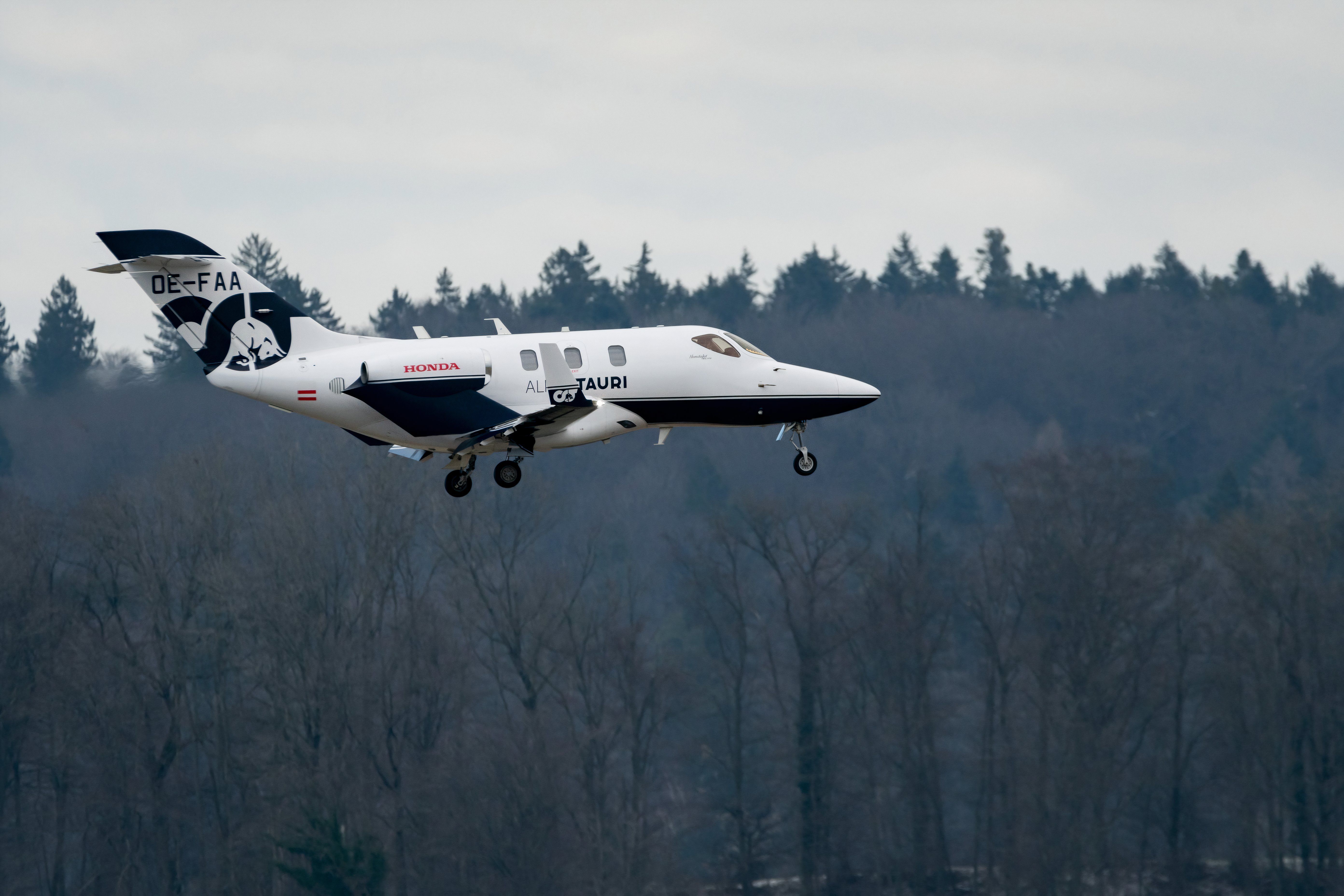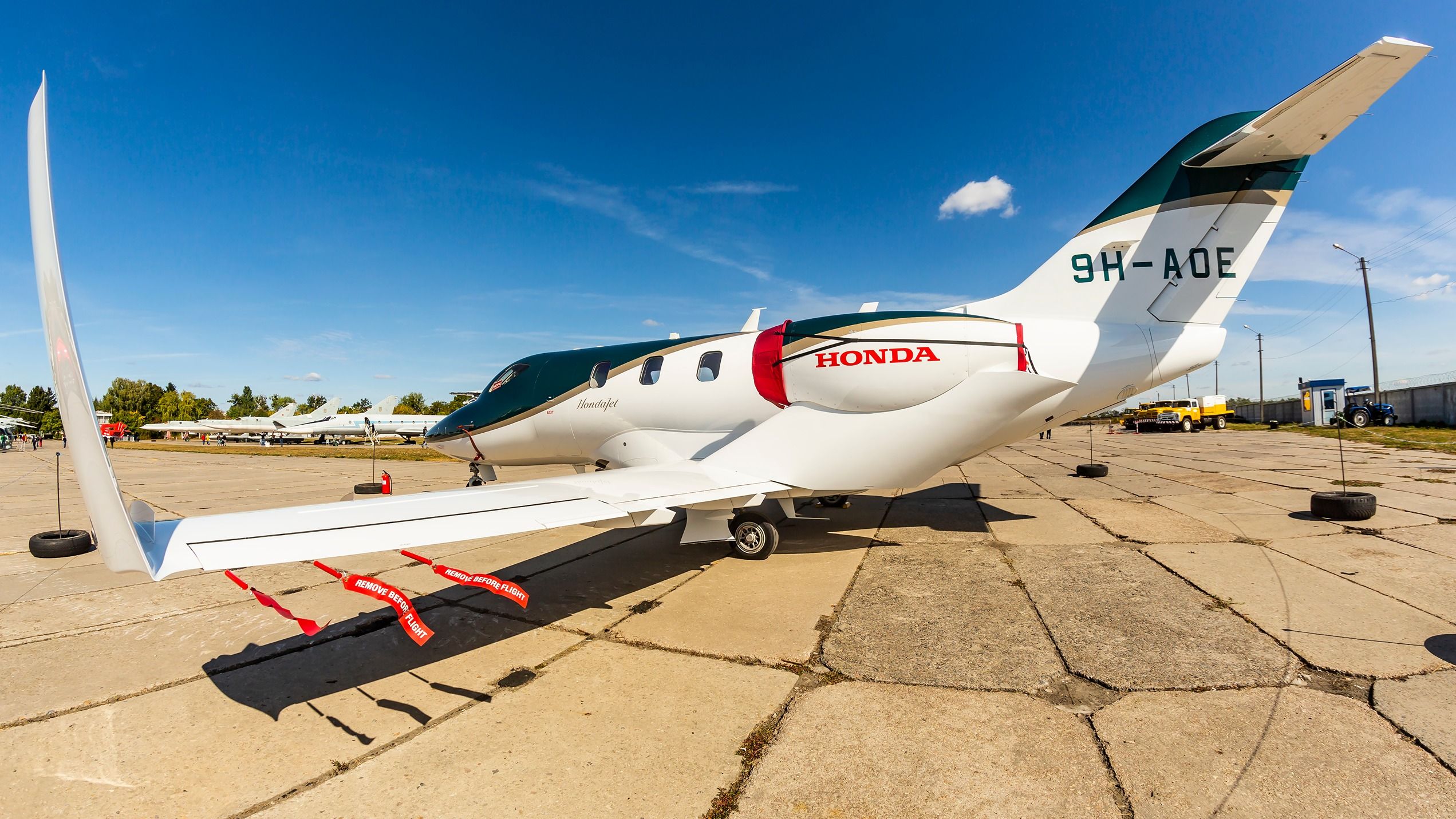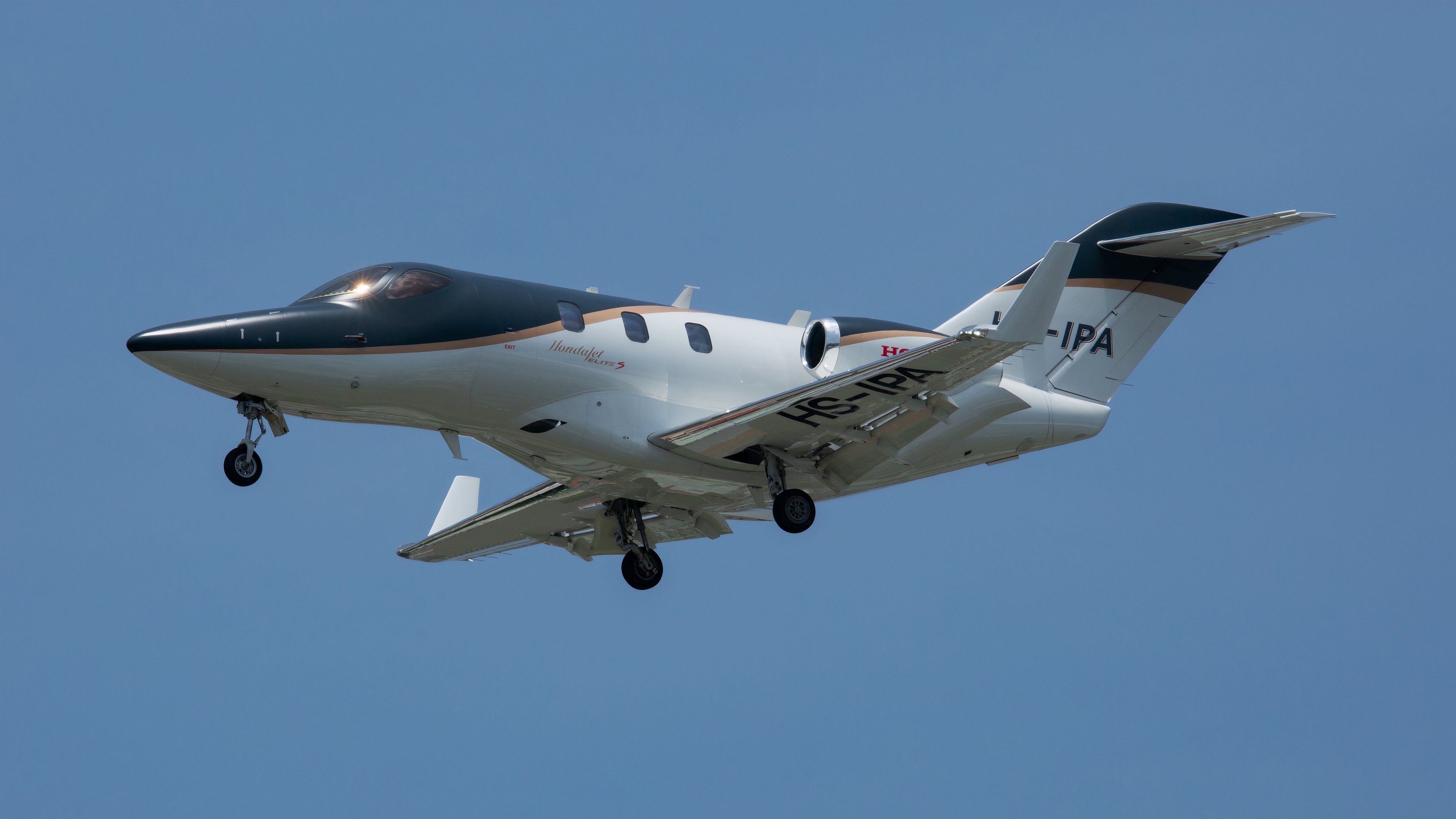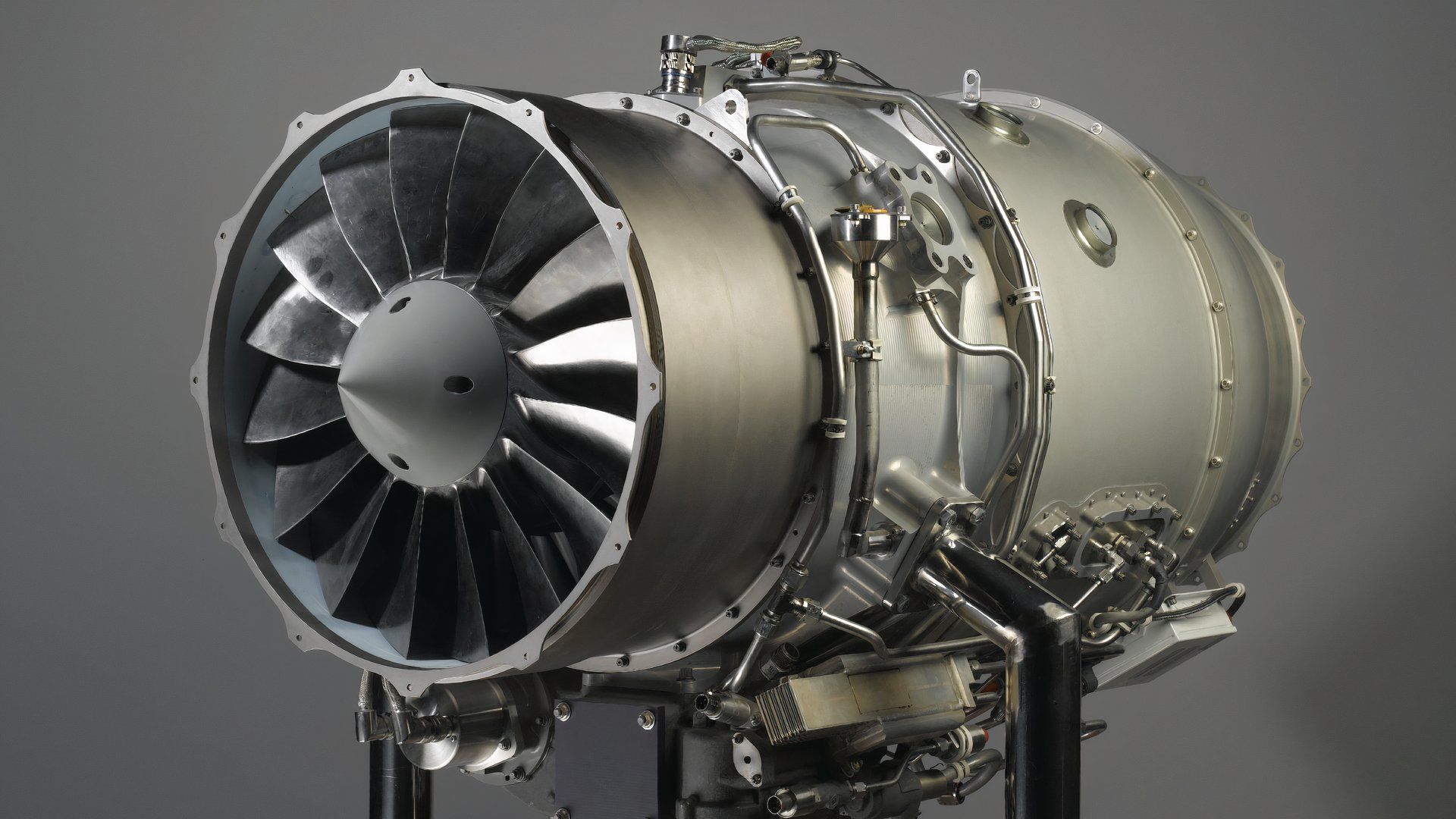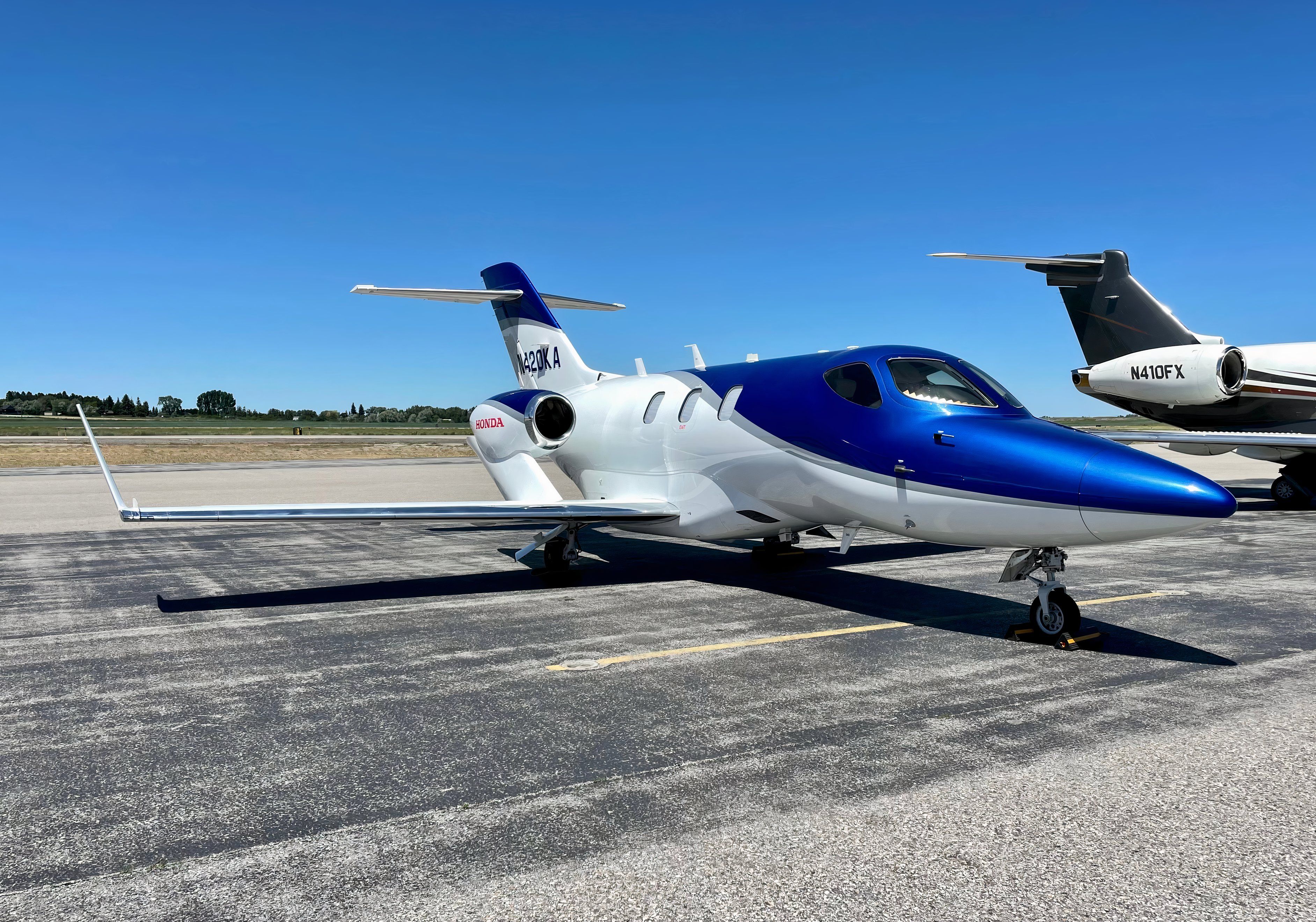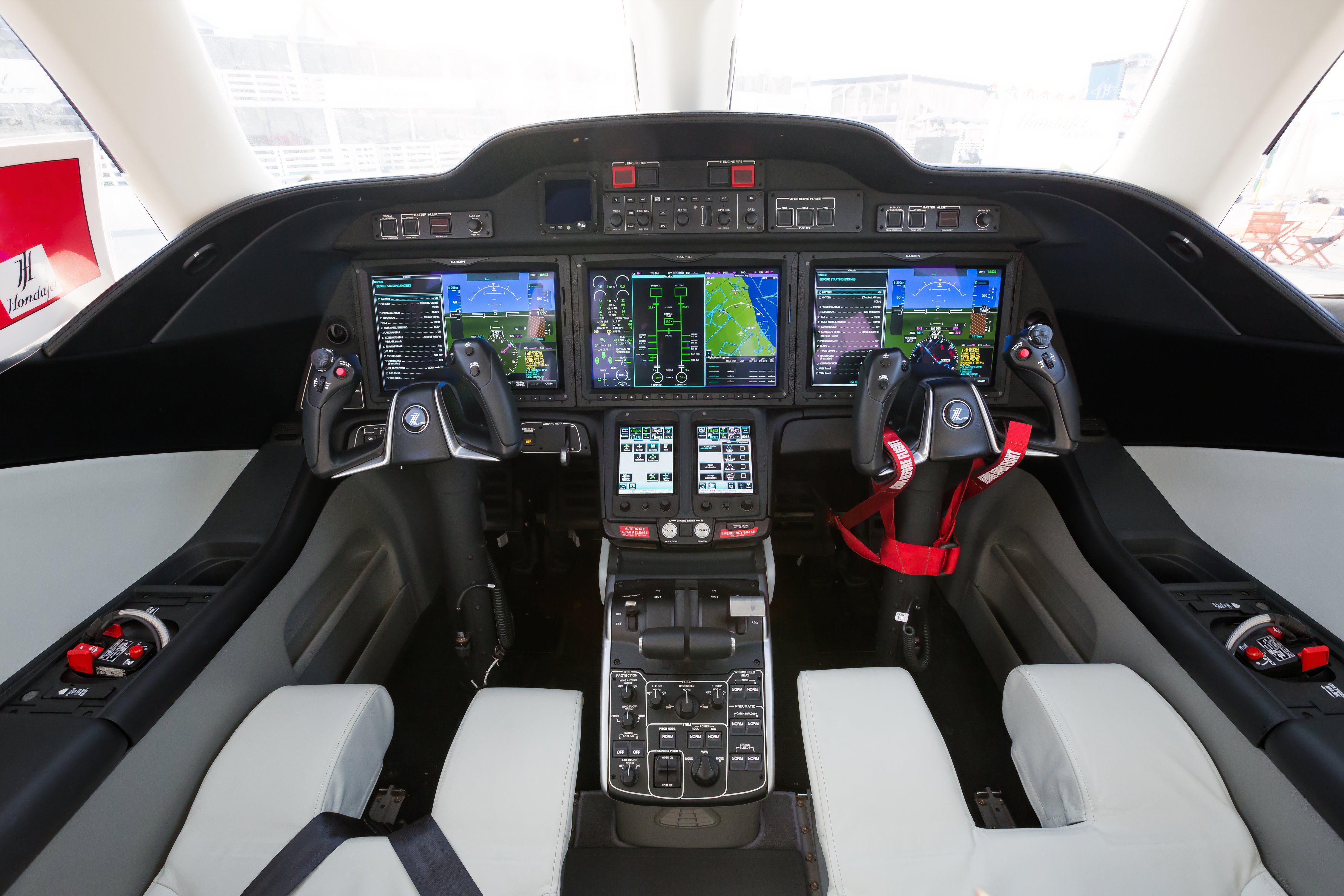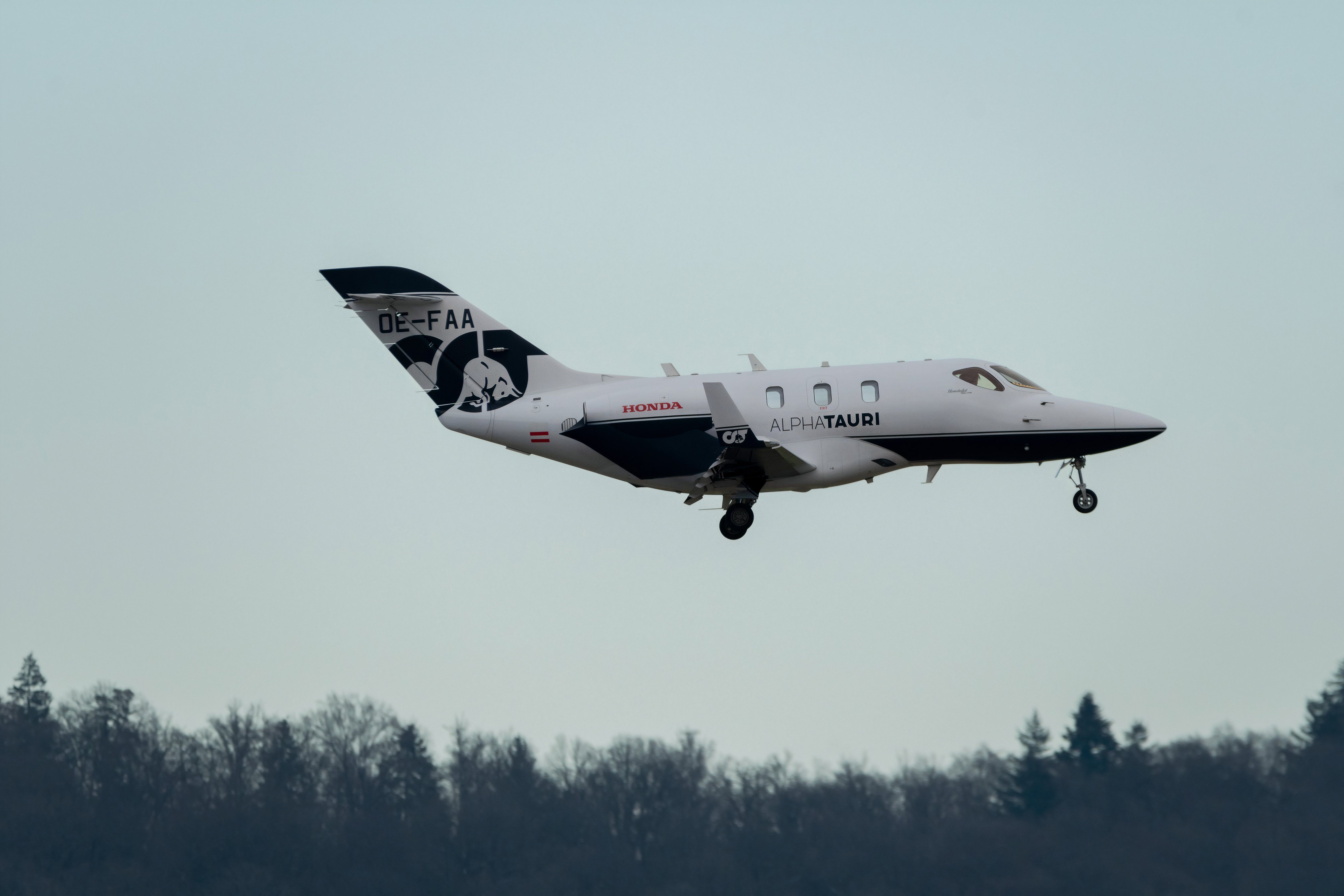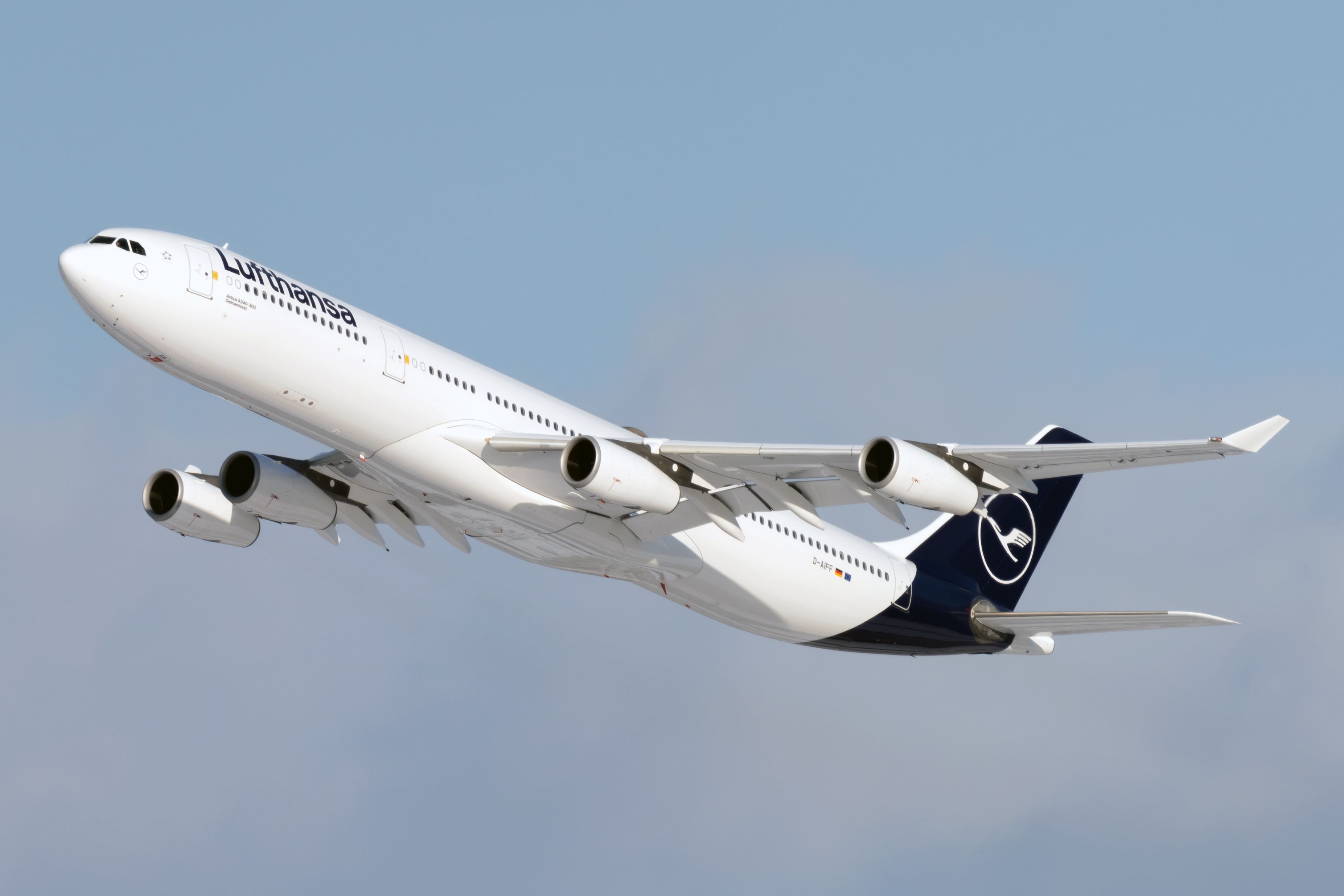At 75 mph (121 kph) a cheetah stops accelerating. It’s the fastest land animal in the world, running faster than most cars on a highway. But it is a snail compared to the speeds of a Red Bull RB21.
Photo: Michael Potts F1 I Shutterstock
This is the newest car for the Red Bull Formula One team, and it has the capability to reach speeds upwards of 220 mph (354 kph). Formula One racing is perhaps the most glamorous sport in the world, and F1 race cars represent the pinnacle of automotive engineering. However, to actually travel in between races, these single-seater cars don’t cut it.
The HondaJet
Elite can top out at 486 mph (782 kph). This is the private jet that one of Red Bull’s F1 teams owns. This example is registered as OE-FAA, and this 2020 HondaJet is one of the most advanced business jets ever made. It’s more than twice as fast as the F1 car, and with the speed, the plane also offers practicality. Let’s explore what the HondaJet brings to the table for the famous F1 team.
Photo: Robert Buchel I Shutterstock
The unique features of the HondaJet
This jet is one of the most unusual-looking planes ever made. Perhaps the most distinctive design elements are the engines, which are mounted on top of the wings. This design was seldom used in the past, but Honda made it work through advanced digital analysis and intense wing-tunnel testing.
Photo: Oleksandr Naumenko | Shutterstock
This frees up space inside the cabin, as engine support structures can extend inside the fuselage. Rear-mounted engines have been the standard in private aviation, and many business jets are too low for engines to be fitted underneath the wings. However, being an industry outsider, Honda had the insight to try something new and executed the concept flawlessly.
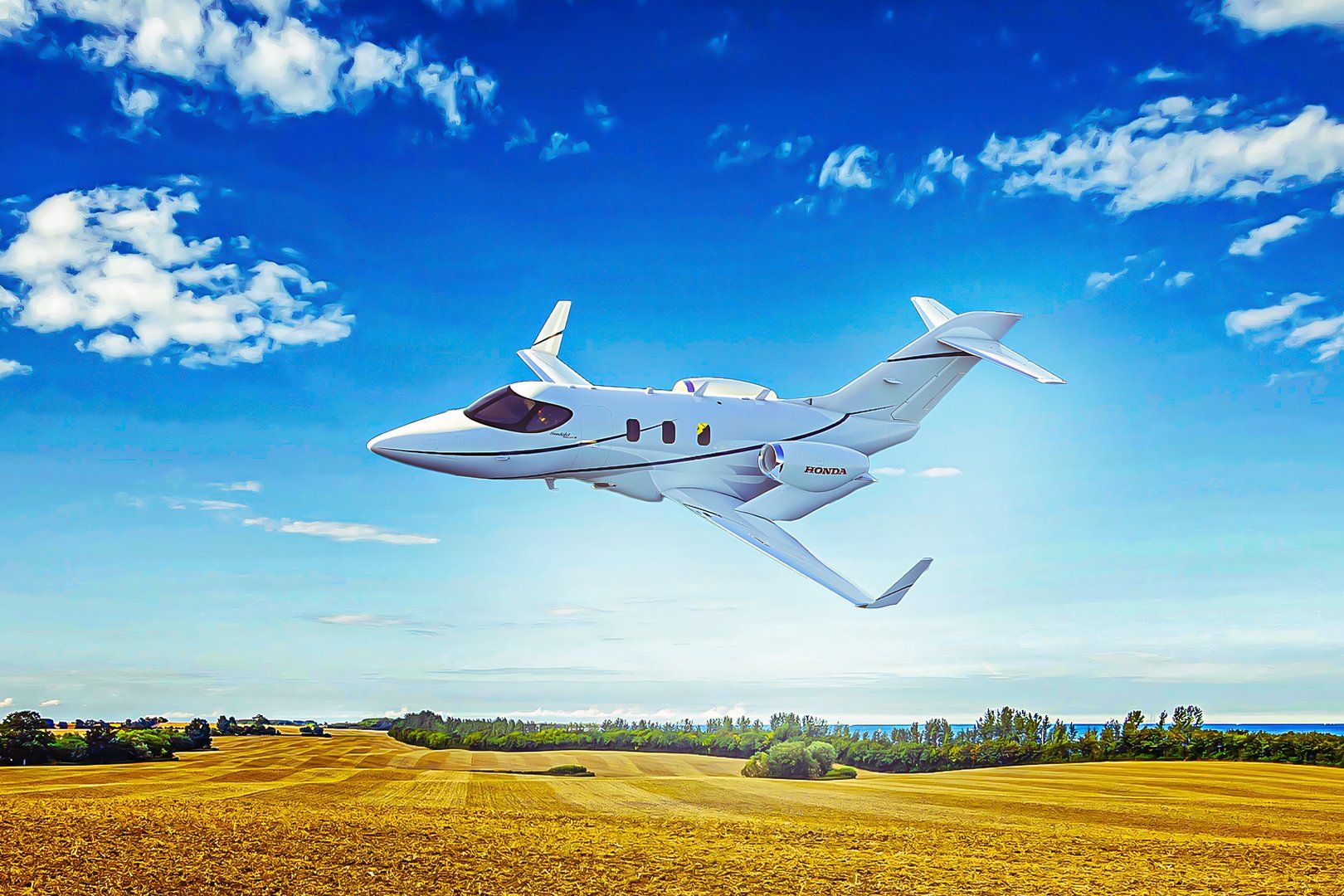
Related
5 Design Features That Make The HondaJet Elite II So Popular In The Light Business Jet Class
The HondaJet Elite is one of the most popular very light business jets on the market.
Beyond adding more room inside the interior cabin, the “Over-The-Wing-Engine-Mount” (OTWEM) is actually more aerodynamically efficient. Airflow from the wings is combined with the air passing around the engines, which reduces air resistance. This was made possible due to the intense effort to find the perfect placement using advanced digital programs and wind tunnel testing. As another benefit, noise, and vibration are reduced compared to other business jets.
Photo: Thanhliemnguyen I Shutterstock
The engines themselves were developed by a joint team between Honda and General Electric. Dubbed the HF120, this engine is exclusive to the HondaJet and produces over 2,000 lb of thrust per unit. The plane typically burns between 90 and 120 gallons (344.5 liters) of fuel per hour, making it one of the most efficient aircraft in its class.
Photo: General Electric
The nose of the plane was inspired by high-end Salvatore Ferragamo shoes, and the aerodynamics of the aircraft took years to perfect. The HondaJet was designed for laminar flow, which was made possible by perfecting every aspect of the plane down to each individual rivet with no room for compromise. This results in the HondaJet having one of the most aerodynamically clean designs in the business.
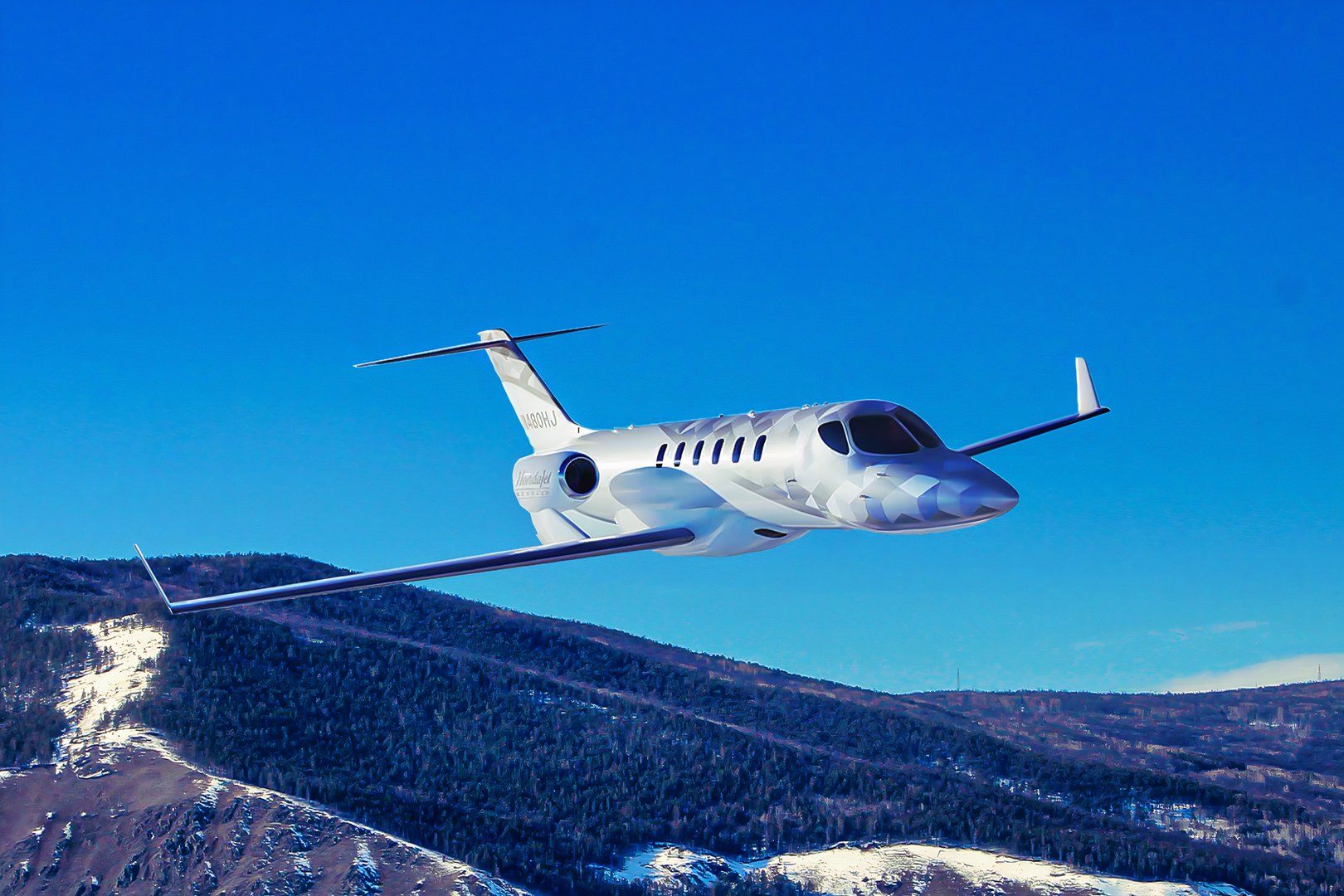
Related
What Is The Latest On The Development Of The HondaJet 2600?
Updates on the certification of the HondsJet 2600, A.K.A the HondaJet Echelon.
The HondaJet’s advanced technology
The plane entered service in 2015, but the initial studies for the program began in the 1980s. The concept was revealed in 1999, and the aircraft first flew in 2003, after which Honda took 12 more years to bring it to market. The result is perhaps the most sophisticated business jet in its market.
Photo: Austin Deppe I Shutterstock
For example, an Embraer Phenom is made up of 20% carbon composites. On the HA-420, the entire fuselage is composite, while the wing is aluminum. A straight wing improves low-speed handling, which is important for an aircraft of this size category, and standard winglets reduce fuel burn.
Inside, a club-style layout seats four passengers facing one another and another facing the side. One more passenger in the co-pilot’s seat and an optional seatbelt in the lavatory bring the total passenger count to seven. The flight deck, meanwhile, features a three-screen setup with a Garmin G3000 avionics suite and touch displays.
Photo: M101Studio I Shutterstock
The window shades are electronically controlled, and Honda offers an app that controls various cabin functions, including temperature and the shades. There are also inflight entertainment options and ambient lighting. Furthermore, the plane is one of the quietest in its segment.
The costs and capabilities
The HondaJet HA-420 is a very-light jet (VLJ). These are the smallest types of jet-powered business planes on the market, and competitors include the Cirrus SF50 and Embraer Phenom 100. VLJs are certified for single-pilot operations, which reduces crew costs and usually seat a maximum of seven.
In the case of the HA-420, $5.2 million will get you the following capabilities:
- Seating for four to seven passengers.
- Maximum Take-Off Weight of 10,701 lb (4,854 kg).
- A range of 1,308 NM (2,442 KM).
- A cruising speed of 422 kt.
- A service ceiling of 43,000 ft.
- Annual running costs are between $580,000 and $930,000, as per estimates from Liberty Jet.
Let’s compare this to the Embraer and the Cirrus:
|
Specifications |
Cirrus SF50 G2 |
Embraer Phenom 100EV |
|---|---|---|
|
Price |
$3 million |
$4.5 million |
|
Max. capacity |
Six |
Seven |
|
MTOW |
6,000 lb (2,722 kg) |
10,582 lb (4,800 kg) |
|
Range with passengers |
500 NM (930 KM) |
1,178 NM (2,182 KM) |
|
Cruising speed |
300 kt |
400 kt |
|
Service ceiling |
31,000 ft |
41,000 ft |
|
Annual running costs |
$541,000-$852,000 as per Liberty Jet |
As we see here, the Cirrus is the budget optionaimed chiefly at owner-operators, while the Phenom is much closer to the HondaJet. The HondaJet, however, is more expensive while also offering more capability and a more sophisticated design, making it the premier option in the VLJ segment—a perfect fit for the world’s premier motorsport.
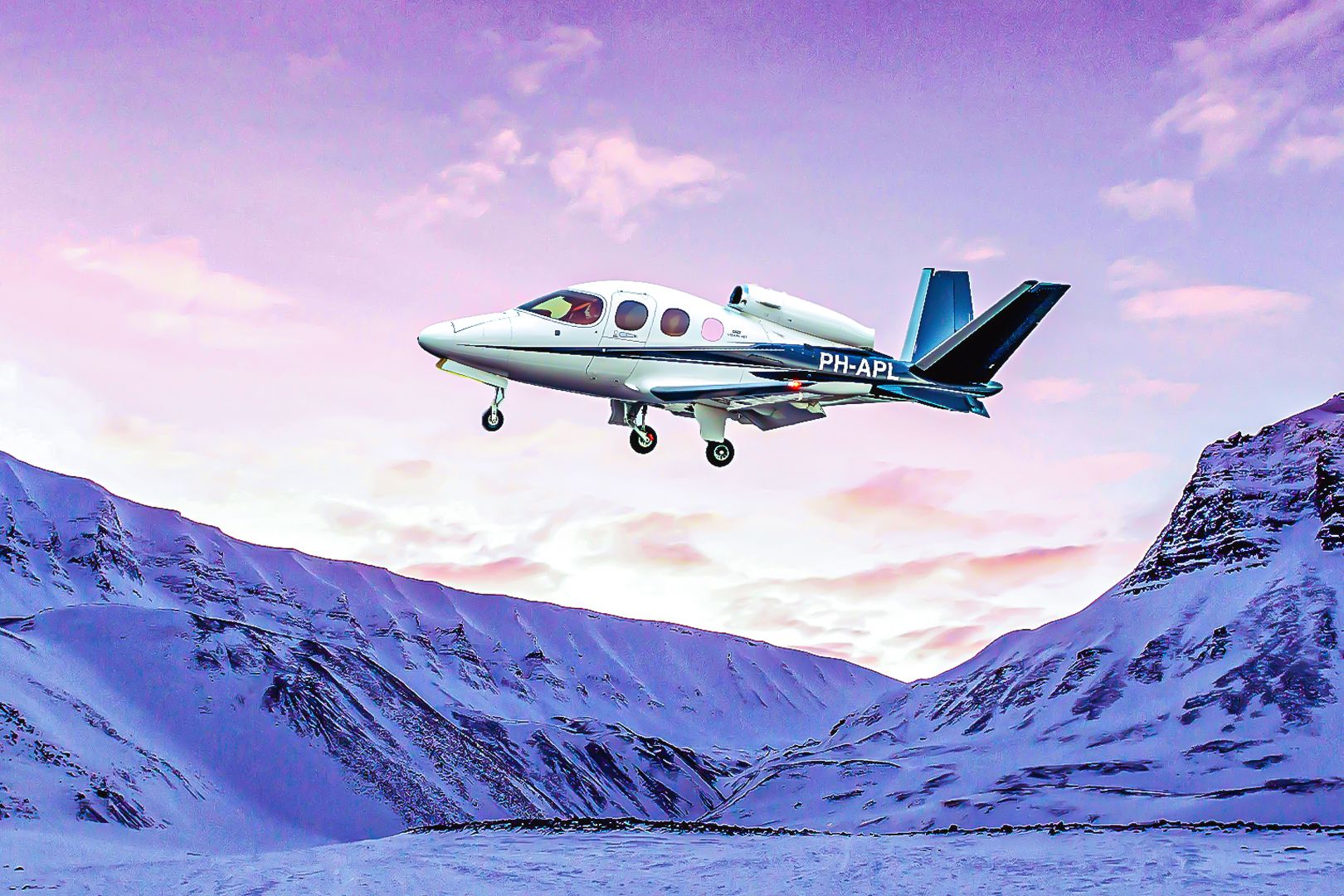
Related
What Makes The Cirrus Vision Jet So Popular?
Cirrus Aircraft has delivered more than 600 examples of its Vision Jet.
Neither the HondaJet Elite nor the Phenom 100EV are for sale anymore. The current version of the HondaJet is called the Elite II, while Embraer is currently producing its VLJ as the Phenom 100EX.
Red Bull’s HondaJet Elite
Honda has had a relationship with Red Bull for years. Most notably, Red Bull’s cars have been powered by Honda engines since 2019. The year after the switch is when the HondaJet Elite was first delivered to the company. This aircraft is used for a wide variety of purposes, ranging from transporting drivers to observing racetracks.
With enough range to cover most of continental Europe and a runway take-off distance of less than 4,000 ft, the HA-420 is one of the most versatile aircraft Red Bull could have chosen. Its fuel efficiency and single-pilot option make it cheap to operate, while the advanced cabin makes flights onboard OE-FAA comfortable and relaxing.
Photo: Robert Buchel I Shutterstock
Representing the relationship between Honda and Red Bull, OE-FAA features Honda branding on the engines, while the tail and winglets feature the team’s name. Red Bull actually owns two Formula One teams, and Alphatauri is the team that uses the HondaJet. This team now goes by the name “Racing Bulls,” but the jet still flies with Alphatauri branding.
OE-FAA is operated by the Flying Bulls, which is another subsidiary of Red Bull. This is the company’s aviation division, which maintains vintage aircraft and participates in aerobatic sports.
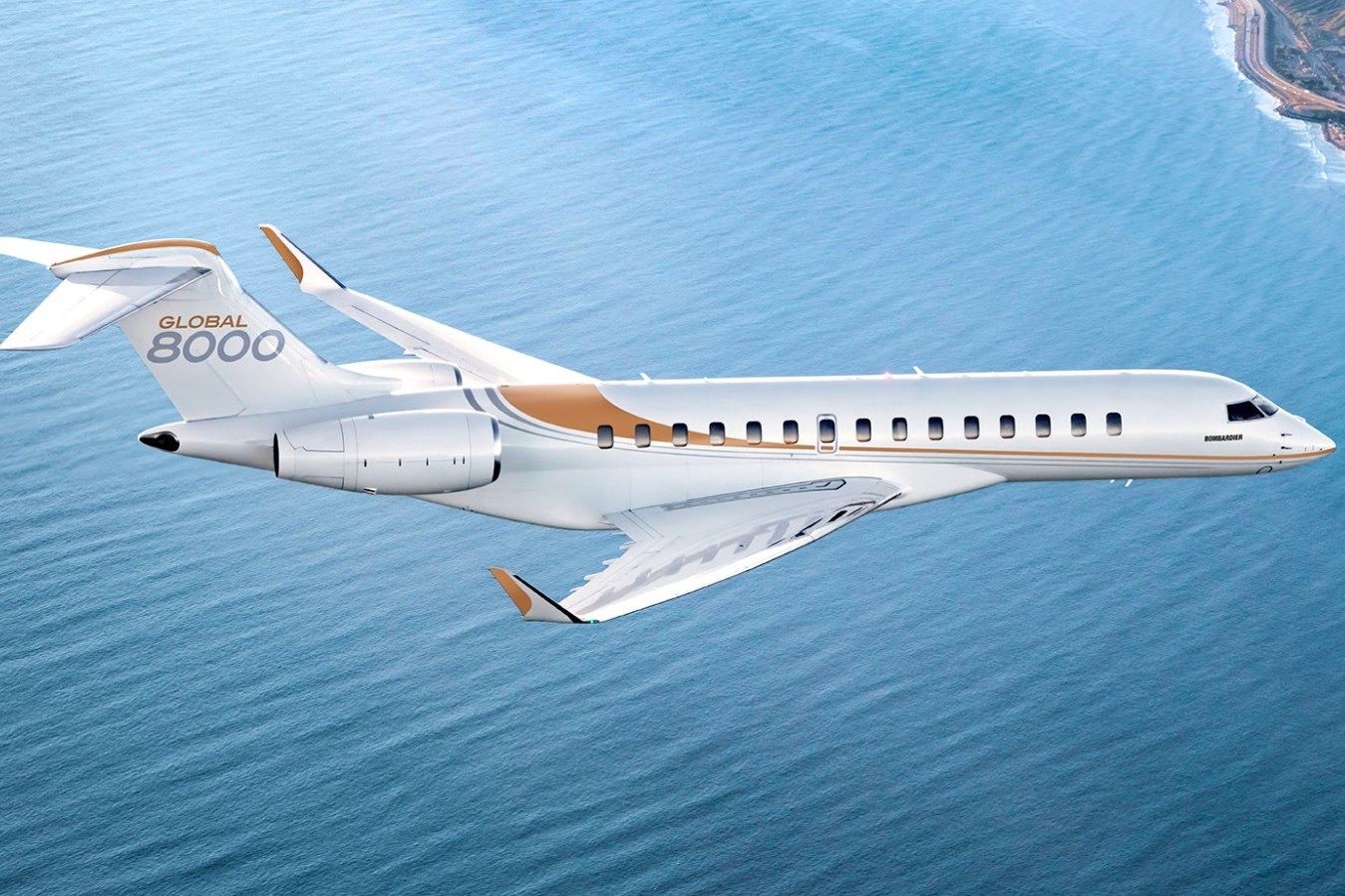
Related
Bombardier Announces A Partnership With Alinghi Red Bull Racing
The partnership comes just ahead of the manufacturer’s launch of the Global 8000.
The rundown
Some of Formula One’s most famous drivers, like Max Verstappen, own their own private jets. Meanwhile, the 10 F1 teams typically charter aircraft for transport purposes. However, it is not very common to see F1 teams own private jets due to the high costs associated with them.
Ferrari, for instance, contracts VistaJet’s fleet of private jets to support its Formula One activities. Most other teams, meanwhile, use other charter companies that are less prominent than VistaJet, and some drivers even fly commercially.
Photo: Vincenzo Pace | Simple Flying
Flying private has benefits for logistics and the physical well-being of drivers, but it can be hugely expensive. In this regard, the HondaJet is one of the most cost-effective planes available while also being versatile and comfortable. It is one of the most advanced business jets ever made, and Red Bull drivers who travel aboard it will be treated to a delightful experience before a big race.
Honda will no longer partner with Red Bull for the 2026 F1 season. Instead, Honda will soon power engines for Aston Martin while Red Bull switches to Ford. The future status of the HondaJet is not known for now, but with a long life ahead of it and a hugely compelling package, the plane will be able to serve Red Bull’s F1 teams for many years to come.


